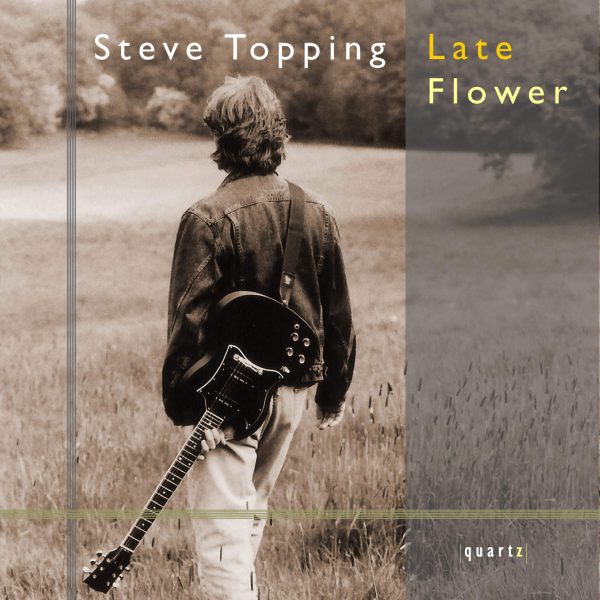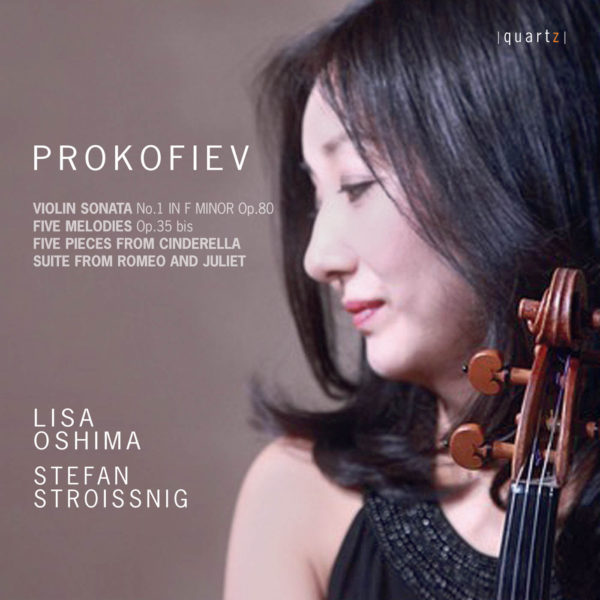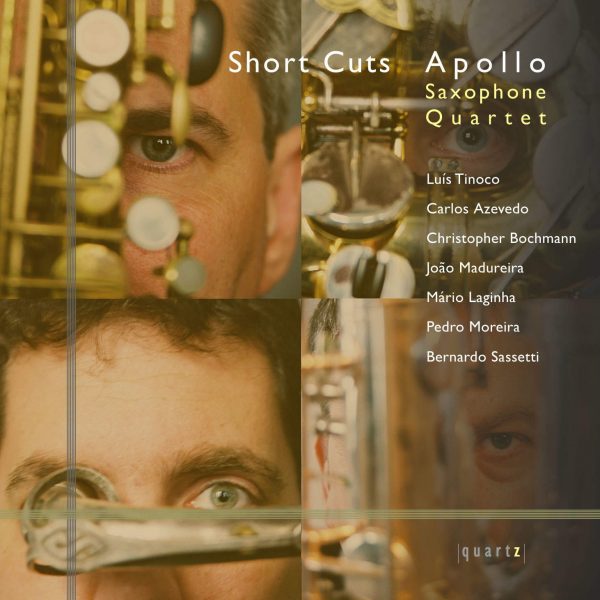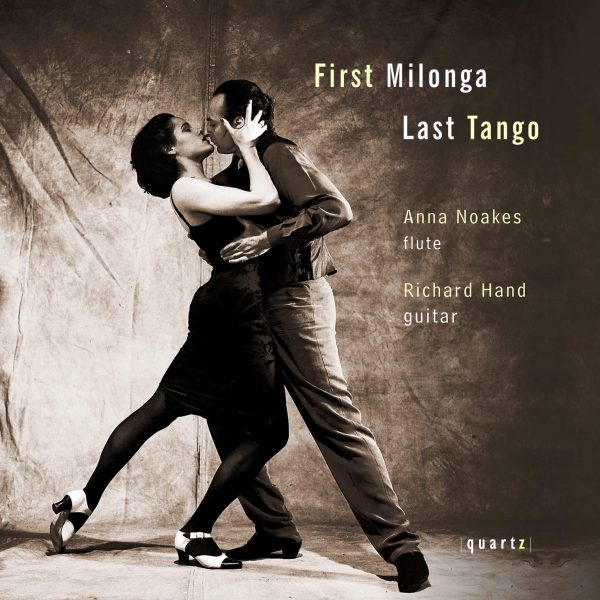Prokofiev Violin Sonatas
Price range: £7.99 through £16.99
The Sonata for Two Violins had been given its world premiere in the Soviet Union, where Prokofiev retained contacts alongside his successes in the US and in Western Europe. This performance took place in Moscow on 27 November 1932, and was given by two members of the Beethoven Quartet, Dmitry Tsyganov and Vladimir Shirinsky. This neoclassical work draws upon Baroque precedents, including the four-movement structure of the Baroque ‘church sonata’, and the use of two-part counterpoint. In 1941 Prokofiev explained the origins of the Sonata: ‘Listening to bad music sometimes inspires good ideas… After once hearing an unsuccessful piece for two violins without piano accompaniment, it struck me that in spite of the apparent limitations of such a duet one could make it interesting enough to listen to for ten or fifteen minutes…’
About This Recording
Challenge
In the Prokofiev CD released in 2017, I devoted my body and soul to express the desperate cries from the depth of the heart in his Violin Sonata No.1, and in his ballet music to portray the scenes vividly through the vibrant melodies. As a reaction, I distanced myself from his music for some time.
However, the support from the Oleg Prokofiev Trust – Oleg was the son of Prokofiev and an artist – encouraged me to record the remainder of his music for violin.
The theme of this CD is ‘challenge’. The Sonata for Two Violins was composed when he took an interest in this format and decided he could write an interesting piece of about 15 minutes. The Sonata No.2 is a violin arrangement of his Flute Sonata, and the Solo Sonata was composed as an educational piece for music school students to play together in unison. These works feel experimental and challenging rather than descriptive or expressive.
For me personally too, it was challenging to play the Second Sonata with the flute in mind rather than in a violinistic way, and to approach the Solo Sonata with the innocence of a young student.
Actually, I had never experienced or heard the violin unison version of the Solo Sonata, so I was eager to try it in this recording. But we realised that it wouldn’t work well with just two players in unison, and multi-track recording would be technically difficult too, so we had to abandon the idea. However, because it is written for unison, we thought it may be possible to make some additions to the parts and Thomas arranged it for two violins. This became a different kind of challenge for us.
I would like to thank the Oleg Prokofiev Trust and all those who helped in the production of this CD.
—Lisa Oshima
On 16 December 1932, Triton, a Parisian society devoted to the performance of new chamber music, was officially launched. Triton’s members included Honegger, Milhaud, Poulenc and Prokofiev, whose Sonata for Two Violins, Op.56 was given its Western premiere at the society’s inaugural concert. The work was performed by Robert Soetens, for whom Prokofiev would compose his Violin Concerto No.2 (1935), and Samuel Dushkin, for whom Stravinsky had written his Violin Concerto in 1931. Prokofiev recalled rushing from the Sonata’s premiere to that of his ballet, Sur le Borysthène (or On the Dnieper): ‘Fortunately the ballet came on half an hour later, and so immediately after the sonata we dashed over to the Grand Opera – musicians, critics, author all together’. Triton had commissioned the Sonata, and Prokofiev composed the work whilst holidaying in St Tropez.
However, the Sonata for Two Violins had been given its world premiere in the Soviet Union, where Prokofiev retained contacts alongside his successes in the US and in Western Europe. This performance took place in Moscow on 27 November 1932, and was given by two members of the Beethoven Quartet, Dmitry Tsyganov and Vladimir Shirinsky. This neoclassical work draws upon Baroque precedents, including the four-movement structure of the Baroque ‘church sonata’, and the use of two-part counterpoint.
In 1941 Prokofiev explained the origins of the Sonata: ‘Listening to bad music sometimes inspires good ideas… After once hearing an unsuccessful piece for two violins without piano accompaniment, it struck me that in spite of the apparent limitations of such a duet one could make it interesting enough to listen to for ten or fifteen minutes…’ Indeed, Prokofiev had a bullish sense of his own abilities. The Soviet ballerina Galina Ulanova, who danced Juliet in Prokofiev’s Romeo and Juliet, recounted: ‘… I became aware of the presence of a tall, somewhat stern-looking man who seemed to disapprove heartily of everything he saw… It was Prokofiev.’
In 1943, Prokofiev worked on another ballet, Cinderella, in the remote area of Perm in the Urals, alongside a new sonata. He had removed himself from wartime concerns by bathing in the beauty of the Urals, the charms of which permeate his Flute Sonata, Op.94. Prokofiev explained: ‘I had long wished to write music for the flute, an instrument which I felt had been undeservedly neglected. I wanted to write a sonata in delicate, fluid classical style.’ The violinist David Oistrakh suggested that Prokofiev arrange the work for violin and piano:
‘When I first heard his Sonata for Flute, shortly after it was written, it occurred to me that it would sound very well on the violin. I felt that this beautiful piece of music ought to live a fuller and richer life on the concert stage. I approached the composer with the suggestion that he write a violin version of it. Prokofiev was interested in the suggestion…
It was the first time I had seen Prokofiev at work and it was a revelation to me: I had never believed it possible to work with such speed and efficiency. He asked me to make two or three versions of each passage in the score that required editing, numbering each one carefully. As I submitted the pages to him, he marked the version he considered suitable and made a few pencil corrections here and there. Thus in no time the violin version of the sonata was ready.’
Shostakovich declared that the sonata was ‘a perfectly magnificent work’, and Prokofiev’s melodic gifts shine throughout. The neoclassical language of Cinderella is audible in the opening movement, and its urbane air anticipates Poulenc, whereas the scherzo’s initial levity evolves into something more fiendish. These shadows creep into the bluesy, lyrical third movement, but are dispersed in the resolutely bright finale, the central section of which includes a particularly lovely melody.
Prokofiev’s Sonata Op.115 was written a few years later, in 1947, and may be performed in two versions – we hear both on this recording. The first is for solo violin; the second was published as a ‘Sonata for Unaccompanied Violins in Unison’. Prokofiev wrote the work to a commission from the Soviet Union’s Committee of Arts Affairs. Whereas Shostakovich had a turbulent relationship with the Soviet authorities, Prokofiev managed to navigate their strictures with relative comfort. In 1933 the Composers’ Union outlined its principles of ‘Socialist Realism’ in relation to creativity: ‘The main attention of the Soviet composer must be directed towards the victorious progressive principles of reality, towards all that is heroic, bright and beautiful … in musical images full of beauty and strength’.
In keeping with these resolutely optimistic views, Prokofiev’s Op.115 is not a work of excessive virtuosity or emotional turbulence, but a bright, breezy piece ideal for developing practical musicianship. It was originally conceived in its version for violins, plural – students supporting one another in unison, focusing on listening closely to the other musicians and performing together as one. We hear two versions of the piece: Prokofiev’s solo version, and an elaboration for two violins made by Thomas Zehetmair, in which textural depth and colour are added via techniques from imitation and dialogue to a haze of pizzicati decorating the original lines. The work was premiered in its solo guise in 1956 – after Prokofiev’s death – by American violinist Ruggiero Ricci at the Moscow Conservatory. It unfolds in three neoclassical movements, opening with a flourish before Prokofiev presents a vigorous sonata form movement in which, for all the apparent briskness, there is room for emotional light and shade. That capacity for depth is even more apparent in the second movement’s theme and variations, in which the lyrical, rather touching theme is treated to a variety of techniques and moods. The finale, too, is not straightforwardly cheerful but includes intricate techniques and almost skittish twists and turns. And, in the midst of the mercurial material, there are sonorous moments that echo Oistrakh’s 1954 description of how he felt Prokofiev’s music should be played: ‘It requires the strictest attention to every detail of expression, a fine, but not over-refined, execution of each individual intonation, as in the case of well-enunciated singing’.
© Joanna Wyld, 2024
—-
Prokofiev’s Solo Sonata, originally written as an educational work, always seemed to me as if the composer left some space for an accompanist (if played by a group of violinists) or for a teacher’s or fellow student’s improvisation supporting a colleague practising the work. That inspired me to add a second violin part. My version is recorded here for the first time, and the score is published by Schott Music, with kind permission of Boosey & Hawkes.
Thomas Zehetmair
Track Listing
Sergei Prokofiev (1891-1953)
Sonata for two violins op.56
- Andante cantabile
- Allegro
- Comodo
- Allegro con brio
Sonata No.2 in D major for Violin and Piano op.94a
- Moderato
- Scherzo , Presto
- Andante
- Allegro con brio
Sonata for violin solo op.115
- Moderato
- Andante dolce
- Con brio
Sonata for violin solo op.115 (two violins version arranged by T.Zehetmair)
- Moderato
- Andante dolce
- Con brio
Lisa Oshima : violin (1-4 second violin, 5-8, 12-14 first violin)
Thomas Zehetmair : violin (1-4 first violin, 12-14 second violin)
Stefan Stroissnig : piano (5-8)




